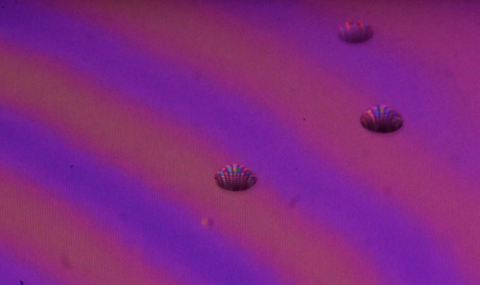Symmetry and Deformation of Materials
Some elastic materials exhibit strong coupling between mechanical deformation and local degrees of freedom in the material. In materials such as liquid crystal elastomers, these degrees of freedom can be extrinsically controlled by various ambient fields, giving rise to a class of programmable shape-shifting objects. We study the relation between local degrees of freedom in a material, its intrinsic geometry, and its mechanical state, and map the ways in which a material can be deformed given its local symmetries. We explore new theoretical questions that are being rendered applicable by major recent advances in material and metamaterial research, such as shape pluripotency in complex hierarchical materials, and anomalously soft deformation modes in materials with spontaneously broken local symmetries.





